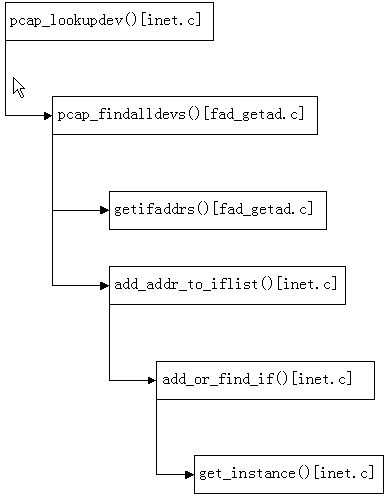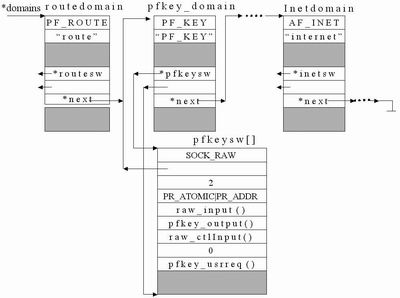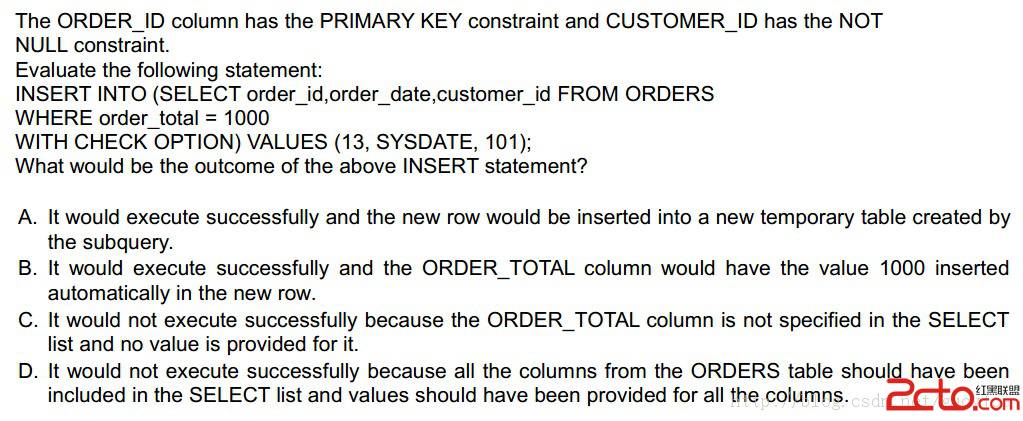config large memory
config large memory
C Configuring Large Memory Optimization
This appendix provides information for configuring memory optimization with large page tables on the Linux operating system, using Hugepages. It contains the following topics:
Overview of HugePages
Restrictions for HugePage Configurations
C.1 Overview of HugePages
You can choose to configure HugePages. For some uses, HugePages can provide enhanced performance. However, this feature is an advanced configuration option. It is not a requirement for Oracle RAC.
The following is an overview of HugePages. It does not provide RPM or configuration information. The tasks you must perform for configuration depend on kernel distribution and hardware on your system. If you decide to configure your cluster nodes to use HugePages, then refer to your distribution documentation and to Oracle Technical Network (OTN) and My Oracle Support for further information.
C.1.1 What HugePages Provides
HugePages is a feature integrated into the Linux kernel with release 2.6. It is a method to have larger pages where it is useful for working with very large memory. It can be useful for both 32-bit and 64-bit configurations. HugePage sizes vary from 2MB to 256MB, depending on the kernel version and the hardware architecture. For Oracle Databases, using HugePages reduces the operating system maintenance of page states, and increases TLB (Translation Lookaside Buffer) hit ratio.
Without HugePages, the operating system keeps each 4 KB of memory as a page, and when it is allocated to the SGA, then the lifecycle of that page (dirty, free, mapped to a process, and so on) must be kept up to date by the operating system kernel.
With HugePages, the operating system page table (virtual memory to physical memory mapping) is smaller, since each page table entry is pointing to pages from 2 MB to 256 MB. Also, the kernel has fewer pages whose lifecyle must be monitored.
For example, if you use HugePages with 64-bit hardware, and you want to map 256 MB of memory, you may need one page table entry (PTE). If you do not use HugePages, and you want to map 256 MB of memory, then you must have 256 MB * 1024 KB/4 KB = 65536 PTEs.
C.2 Restrictions for HugePage Configurations
To use HugePages, you must configure Grub to allocate memory for HugePages during system startup. After paging space is reserved, HugePages can be used as needed. However, if the space they require is not reserved in memory during system startup, then a HugePages allocation may fail.
HugePages are not subject to allocation or release after system startup, unless a system administrator changes the hugepages configuration by modifying the number of pages available, or the pool size.
正确的计算方法应该是:
在x86_64的linux平台,一条PTE占用8字节,而不是12字节(可以google)
对于32G的SGA而言,每个进程需要使用64M的PTE, 1000个并发连接则需要总共62.5G的PTE





